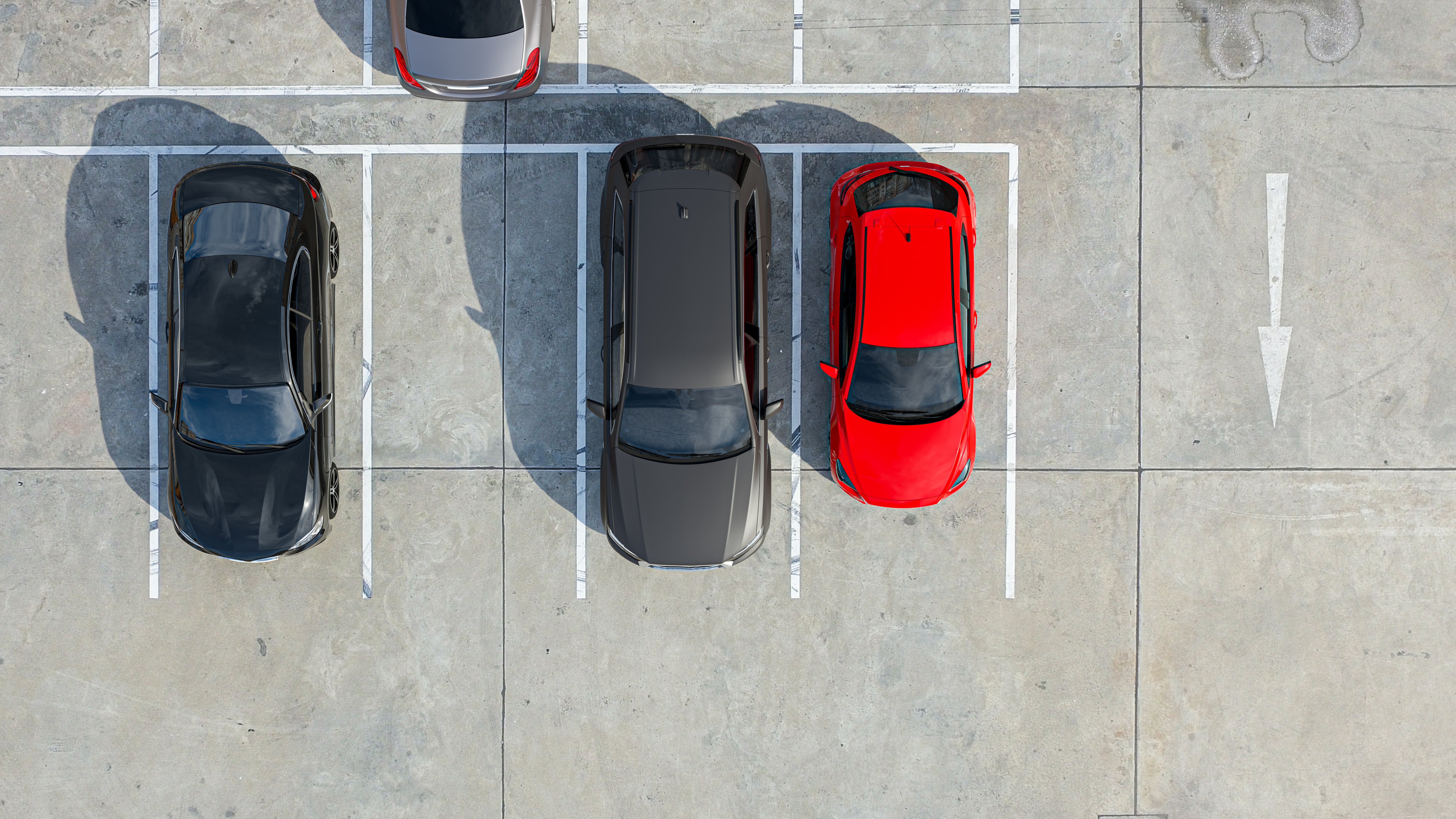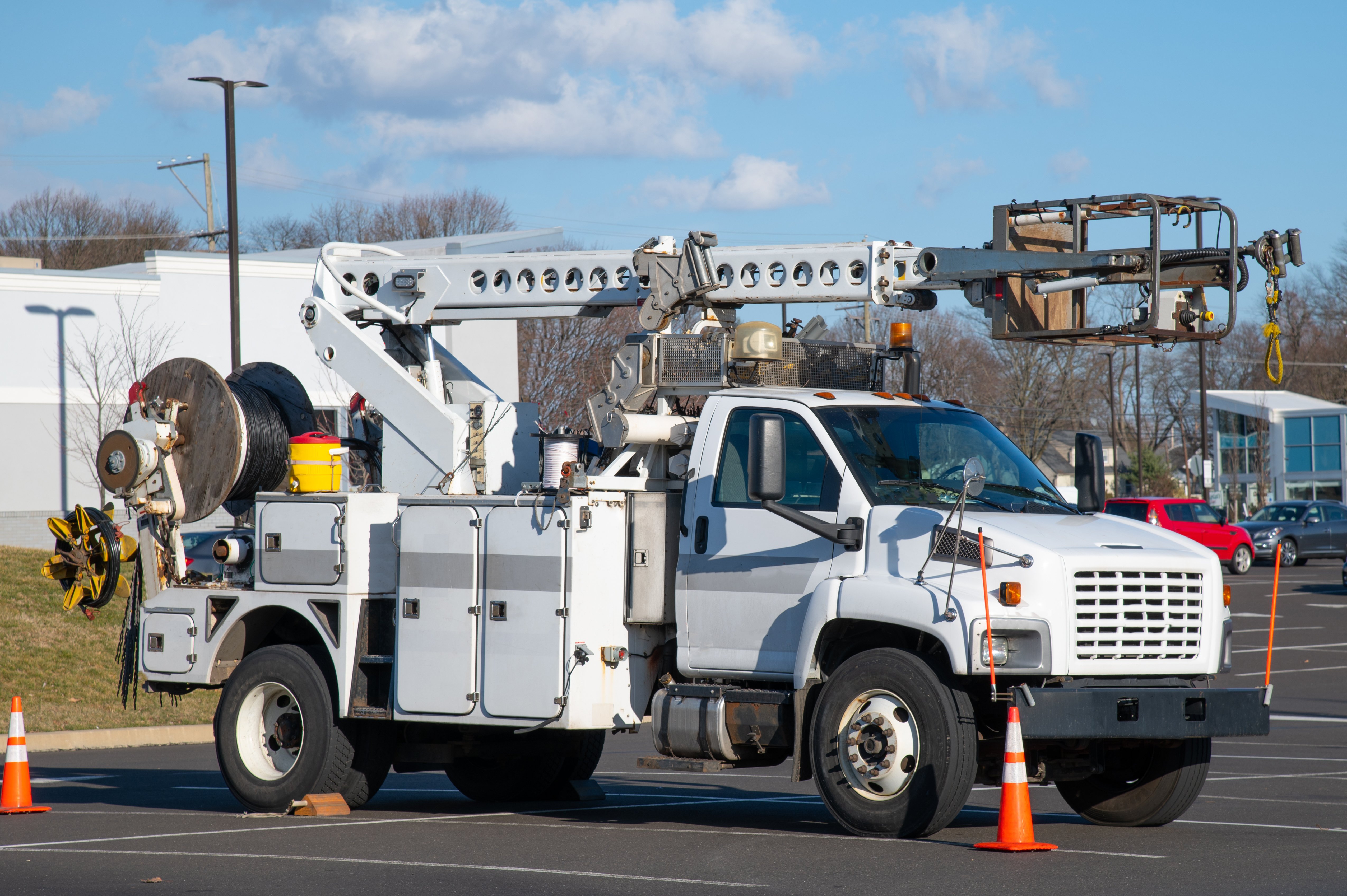
It's a routine we perform daily, often without a second thought, yet parking can pose more risks than commonly believed. And while it’s usually not considered to be dangerous, parking your car can be riskier than you think.
According to the National Safety Council, parking lots and parking garages are the scenes of more than 50,000 collisions every year. Those accidents account for more than 500 deaths and more than 60,000 injuries, which is a sobering reminder that safety must be top of mind every time you get in your car — and you shouldn’t let your guard down just because you’ve reached your destination.
The Dangers of Distracted Parking
Because parking lots aren’t typically filled with speeding cars, we tend to think of them as safer. And because of that, we’ll often let our guard down, which is where problems begin.
Even drivers who normally avoid using a phone while at the wheel will often feel a parking lot is safe; in a survey by the National Safety Council, 66% of drivers said they are comfortable making phone calls while driving through a parking lot.
That’s not all we’re doing; some of the other activities that drivers said they did while driving in a parking lot or garage included:
- Programming a GPS (63%)
- Texting (56%)
- Using social media (52%)
- Sending or receiving emails (50%)
- Taking pictures or watching videos (49%)
Knowing what other drivers are doing in their cars should serve as even more incentive to stay aware of what is going on around you in a parking lot. While still behind the wheel, some tips to help keep you safe are:
Don’t cut through the lot.
Even when you’re not on the road, follow the rules of the road — that means staying in your lane and obeying all directional signs.
Keep it slow.
If there’s a posted speed limit, don’t exceed it; even if no speed limit is posted, use common sense and drive slowly.
Watch out for others.
Parking lots are filled with activity, so you’re not only watching for other drivers who might not be paying attention to their surroundings, you also need to watch for pedestrians who might step out from between parked cars, including small children and parents pushing strollers.
Find the Perfect Spot
Even before you enter the parking lot or garage, know what kind of spot you’re looking for. That doesn’t always mean taking the closest one to the entrance; the safest spot is one in which you won’t need to back up when you leave. Finding a “pull-through” spot means it will be easier and safer to exit. If you can’t find a pull-through, the next best thing is a parking spot to the driver’s left, as it provides the best visibility when backing out.
Of course, you also want to make sure that spot is in a safe, well-lit place and that you feel comfortable walking from your car to your destination. Before leaving your car, make sure that you hide or take any valuables, like tablets or phones, as well as any packages that might be tempting to thieves. (Locking belongings in your trunk is best.) And finally, lock your car doors when you leave.
Safe Departures
Before getting in your vehicle to leave, do a complete walk-around. If you’re in a pull-through spot, you want to make sure there’s nothing in front of your car that you might run over. If you’re going to be backing up, make sure there’s nothing behind you that you wouldn’t be able to see in your rearview mirror or backup camera.
While it’s important to use your car’s backup camera as a safety tool, you still need to use your mirrors and look over your shoulder as you exit. Even though your car might have a monitoring system that lets you know if there’s another vehicle in your blind spot, it won’t detect smaller objects, like motorcycles or people, so keep your eyes active as you leave the spot.
Also, be sure to keep checking the front end of your vehicle as you leave to avoid clipping the car next to you.
Observe the same safety rules as you leave the parking lot as you did when you entered: Pay close attention to your surroundings and watch for pedestrians and other drivers who might not be watching where they’re going.
Learning how to keep your car, yourself, and your passengers safer in parking lots and garages is an important but often overlooked part of driver safety.
Find out more about our Fit to Drive guide which offers a holistic approach to driving safety by addressing the interconnected factors of mood, food, and sleep. By learning how everyday habits influence driving behavior, drivers can make informed choices that enhance safety on the road. Implementing these insights not only reduces the risk of crashes but also fosters happier and healthier drivers, benefiting both individuals and employers alike. Stay Fit to Drive for a safer and more enjoyable journey on the open road.
.png?width=254&height=76&name=SmithSystemLogo-RGB%20(1).png)










